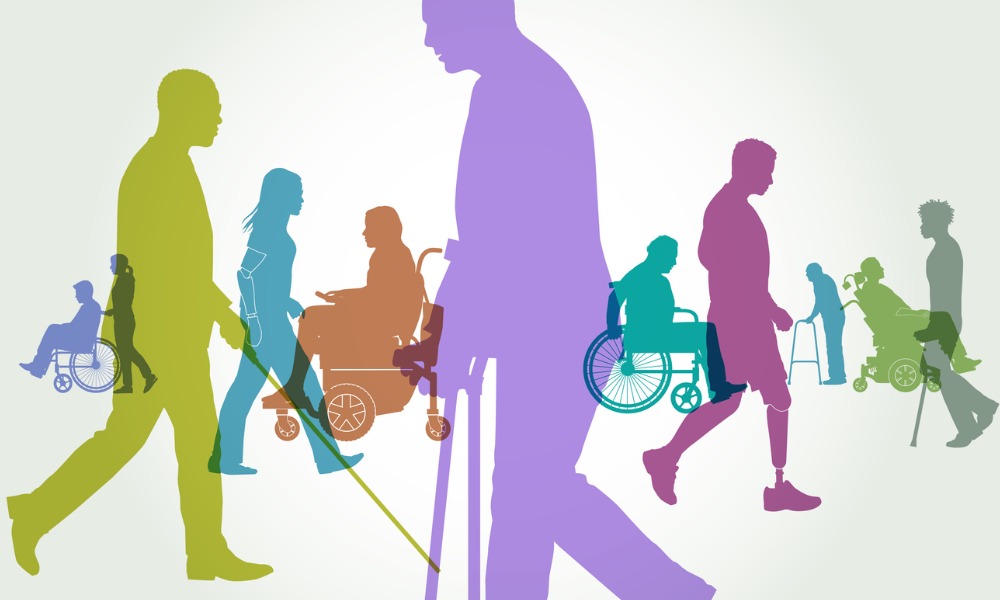Organizations are failing to prioritize disability inclusion in their DEI efforts, leaving disabled employees behind

Diversity, equity, and inclusion (DEI) initiatives have become widespread across the globe. However, disability is often overlooked when organizations prioritize factors like gender, ethnicity, or race.
Only 4% of organizations explicitly consider disability in their inclusion initiatives, with over 50% of global boards and executives admitting to never discussing it.
Despite legislation in Canada prohibiting disability discrimination, equal employment opportunities for disabled individuals remain elusive and over half of the discrimination complaints in Canada involve disability.
Canadians with invisible and episodic disabilities face growing instances of workplace discrimination. Moreover, disabled individuals face higher chances of low income, unemployment, underemployment, and health-related stress compared to their non-disabled counterparts.
The 2017 Canadian Survey on Disability revealed that approximately 6.2 million working-age Canadians had one or more disabilities. More than 20% of disabled Canadians reported inadequate workplace accommodations.
Promoting DEI initiatives plays a vital role in developing an inclusive culture for organizations. These efforts can boost profitability and attract a wider pool of talented job applicants.
However, neglecting disabled individuals as potential employees leads to missed opportunities for everyone, especially considering the prevalence of invisible and episodic disabilities.
To achieve genuine and enduring disability inclusion, organizations must move beyond ineffective approaches that rely solely on accommodations. It is crucial to shift the focus to business leadership, rather than burdening disabled individuals.
Improving leaders' knowledge and understanding of including disabled individuals in the workforce is crucial.
Organizational decision-makers must shift their mindset from focusing on disabilities to valuing abilities and tapping into an untapped talent pool. Adopting a social model of disability, where disability is seen as just another difference, akin to gender or sexuality, can make inclusion a reality.
By actively working to remove barriers to full participation in employment, organizations can foster a more inclusive environment.



